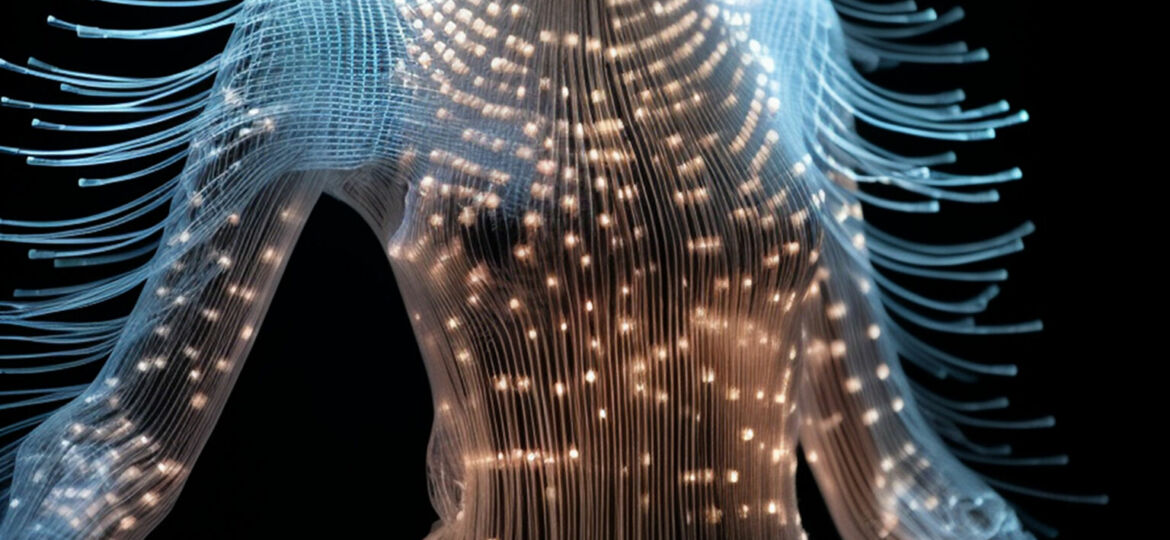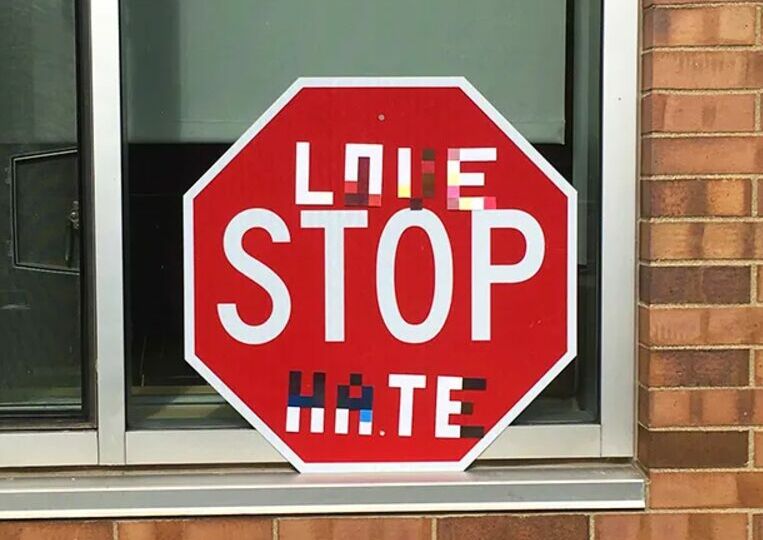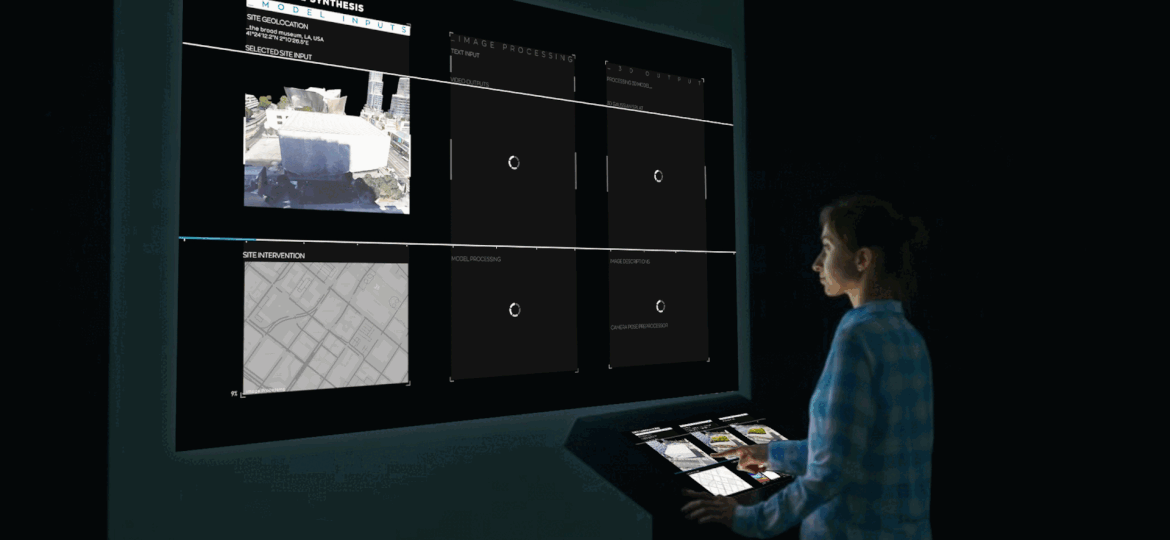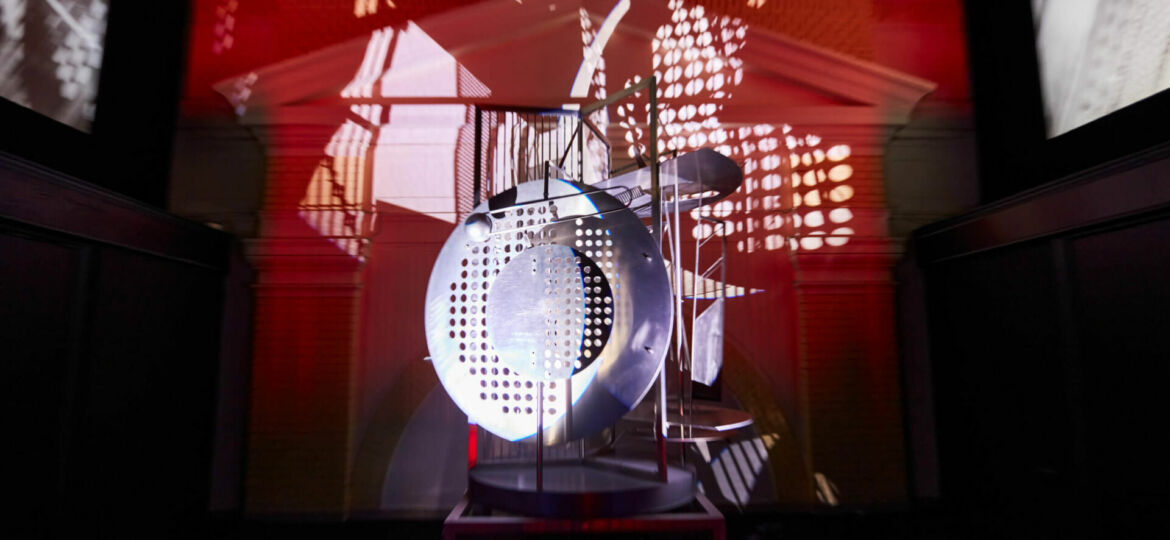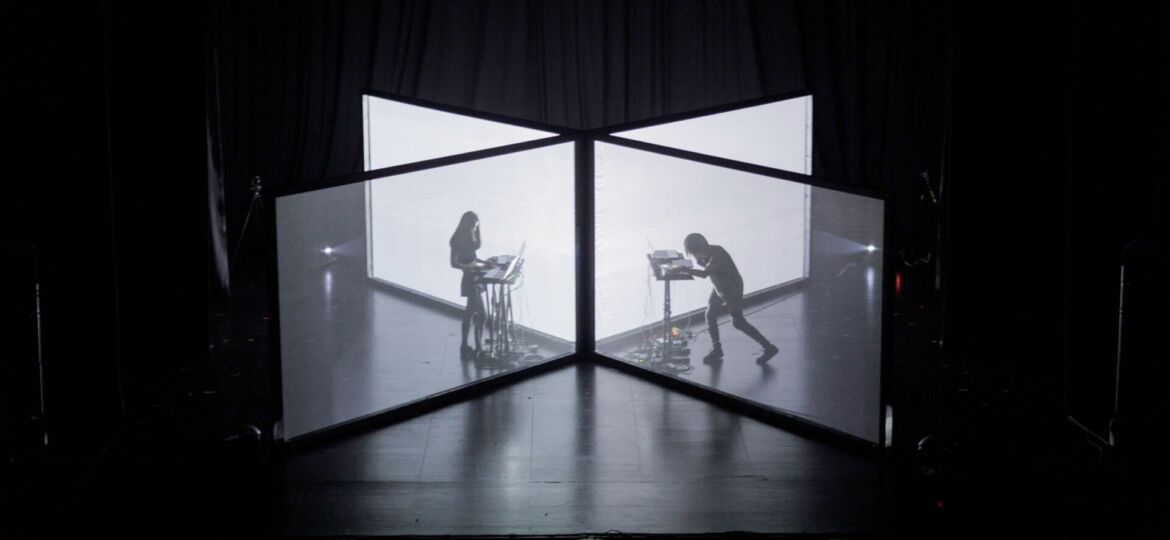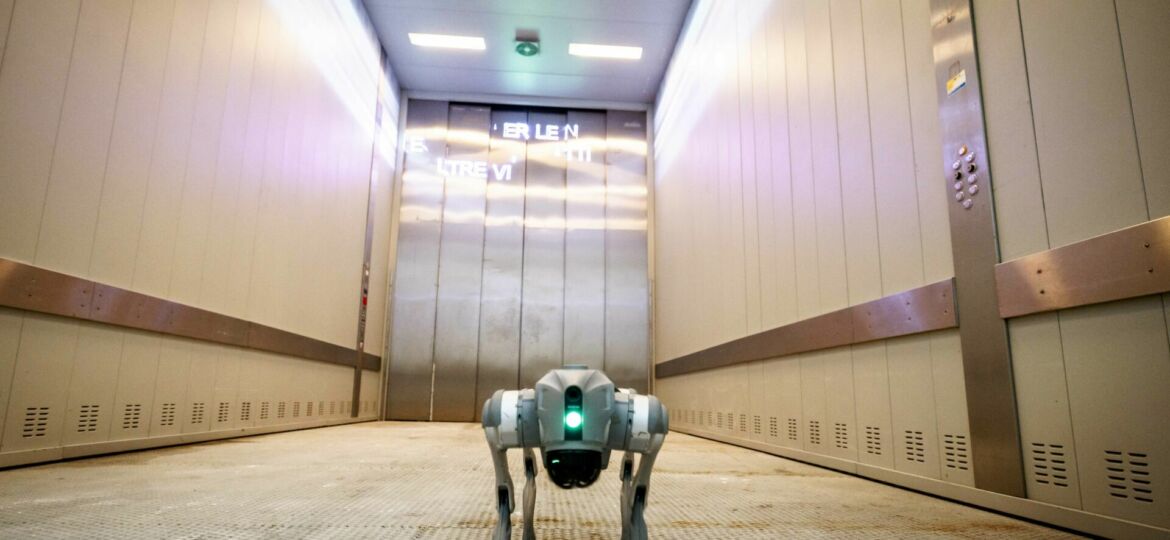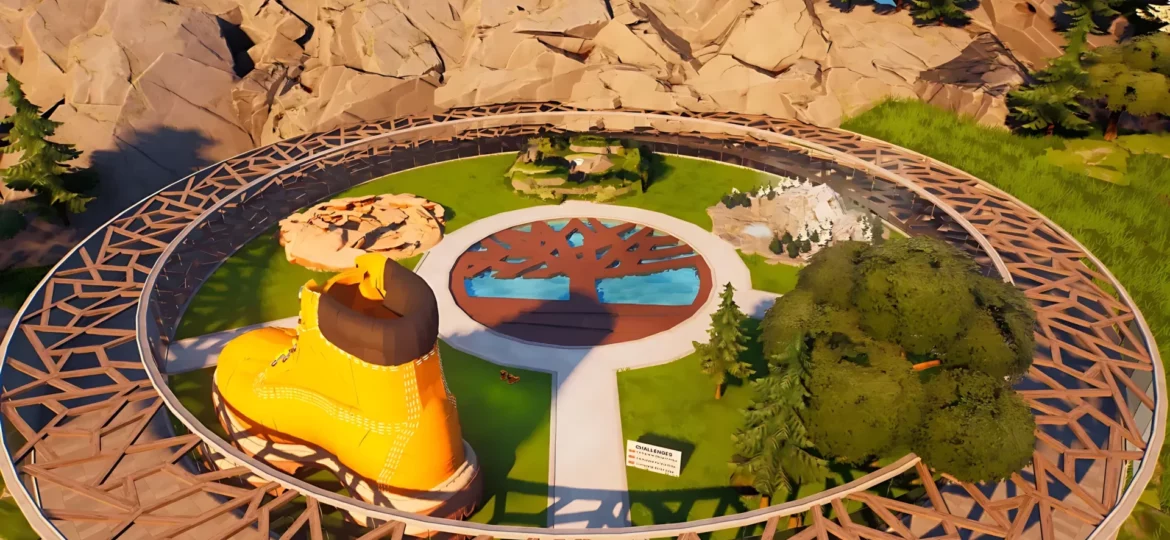The Oxford English Dictionary has chosen “brain rot” as the word of the year for 2024. The expression— which we could translate as “brain decay”—perfectly captures that feeling of mental numbness experienced after hours of mindless scrolling on social media.
The expansion of design possibilities in architecture passes through an expansion of knowledge of reality. In this scenario, artificial intelligence, with its dual exploratory and generative nature, asserts itself as a tool capable of shaping new forms and nurturing new knowledge. But, as happens every time one enters unexplored territories, each step forward requires a firm consolidation of the newly conquered space. However invisible and intangible, the same process is occurring with AI. The creation of new scenarios imposes the need to redefine ethical frameworks, which are essential to guide future choices and establish criteria by which to measure the quality of new processes.
Although the functioning of machine learning algorithms may seem abstract and difficult to decipher, they rely on a series of structured processes that make them vulnerable to specific threats. Understanding the risks these tools are exposed to is essential for developing greater awareness in their use.
George Guida, researcher at the Harvard Laboratory for Design Technologies, is co-founder of ArchiTAG and xFigura. An expert in AI for architecture, he integrates technology and design with global and academic projects.
The original promise of the Internet, namely a free and open space for aggregation and democratic participation, has been betrayed. This is the thesis at the heart of the essay Rebooting the System. How we broke the Internet and why it is up to us to readjust it by journalist and media and technology expert Valerio Bassan, published by Chiarelettere in 2024.
Opening the eighth edition of Fotonica, Rome’s audio, visual and digital art festival, is an installation by Hungarian artist David Szauder, inspired by none other than an iconic work by painter, photographer, designer and constructivist theorist László Moholy-Nagy, Light Prop for an Electric Stage.
Attending a NONOTAK performance is an emotion that is hard to forget. The combination of different elements (light, sound and space) creates a unique, immersive and enveloping visual and sensory experience for spectators.
Unlike the great inventions of the past, which were tangible and visible, algorithms operate opaquely, hidden behind complex mathematical language. In a historical moment where these digital entities not only observe but influence our daily lives, the need to shed light on these mechanisms has become essential. Claudio Agosti (vecna) is a self-taught hacker from the past century, fascinated by the challenge of how humanity can use the internet as a tool for liberation and disintermediation. For him, cryptography, peer-to-peer networks, bypassing censorship, and critiquing digital power are daily bread. He is a member of Hermes – Hacking for Human Rights.
A robot dog performs a dance routine while a laser projects apparently incomprehensible phrases in English and Italian on a steel wall.
We are not watching a science fiction movie- we are at the MAXXI museum, and more precisely on the first floor in the Gian Ferrari room, inside a freight elevator. In reality, the performance we are watching is part of the work, ASSENZAHAH ESSENZAHAH (2024), created by Riccardo Benassi for the MAXXI BVLGARI PRIZE, the prestigious international award sponsored by the renowned Roman jewellery brand.
The metaverse is no longer a distant prospect reserved only for those with a passion for technology. Today, this virtual dimension, enriched with the most advanced immersive technologies, has become an increasingly greater part of current society and is radically transforming the way in which brands interact with their consumers.



